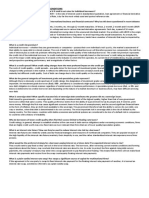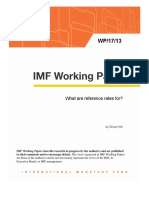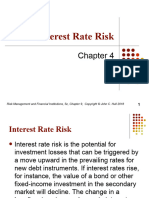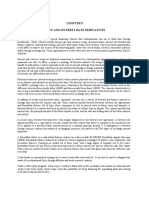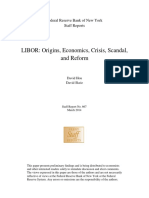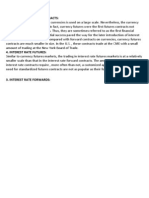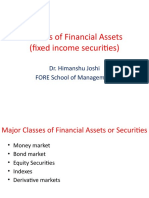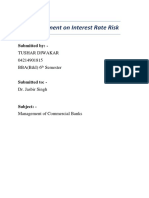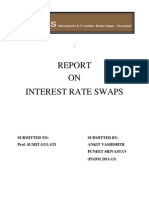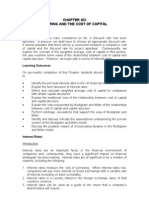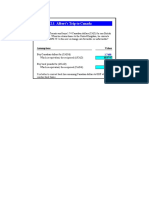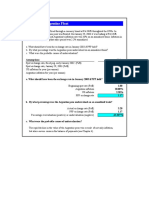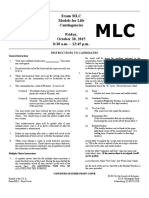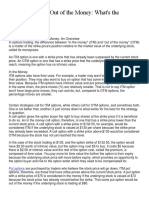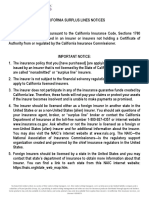0% found this document useful (0 votes)
73 views2 pagesWeek 5 Tutorial Questions
The document discusses interest rate risk and swaps. It defines LIBOR and how it has played a central role in global markets. However, its accuracy has been questioned during financial crises when banks may report rates lower than actual rates. It also defines a credit risk premium as the additional rate above risk-free rate that a borrower pays depending on its credit rating. Credit spreads, or additional costs, rise for lower rated borrowers. Lower rated borrowers often access floating rate loans to shift interest rate risk to themselves. Forward rate agreements and interest rate swaps are discussed as ways for borrowers to manage interest rate risk.
Uploaded by
WOP INVESTCopyright
© © All Rights Reserved
We take content rights seriously. If you suspect this is your content, claim it here.
Available Formats
Download as DOC, PDF, TXT or read online on Scribd
0% found this document useful (0 votes)
73 views2 pagesWeek 5 Tutorial Questions
The document discusses interest rate risk and swaps. It defines LIBOR and how it has played a central role in global markets. However, its accuracy has been questioned during financial crises when banks may report rates lower than actual rates. It also defines a credit risk premium as the additional rate above risk-free rate that a borrower pays depending on its credit rating. Credit spreads, or additional costs, rise for lower rated borrowers. Lower rated borrowers often access floating rate loans to shift interest rate risk to themselves. Forward rate agreements and interest rate swaps are discussed as ways for borrowers to manage interest rate risk.
Uploaded by
WOP INVESTCopyright
© © All Rights Reserved
We take content rights seriously. If you suspect this is your content, claim it here.
Available Formats
Download as DOC, PDF, TXT or read online on Scribd
/ 2

